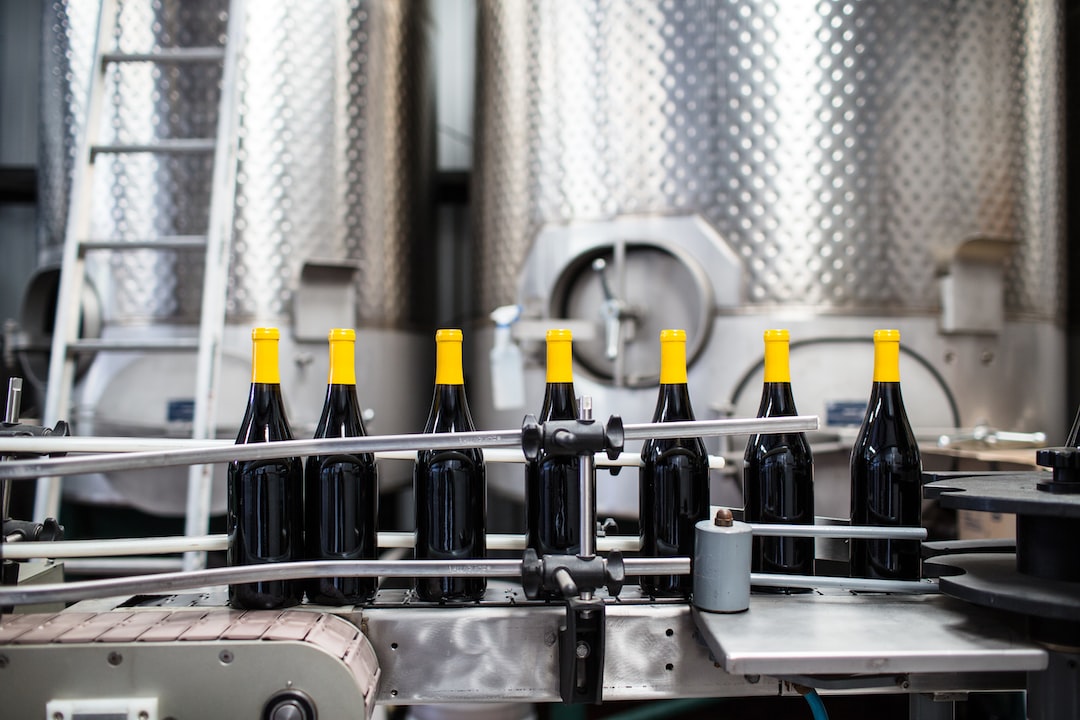The Future of 3D Printing in the Manufacturing Industry
In recent years, 3D printing has made significant strides in transforming various industries, and the manufacturing industry is no exception. 3D printing, also known as additive manufacturing, has the potential to revolutionize the way products are designed and produced. This technology allows for the creation of complex and intricate designs that were once deemed impossible or economically unfeasible. As we move into the future, it is clear that 3D printing will play a crucial role in shaping the manufacturing industry.
One of the key advantages of 3D printing is its ability to reduce production costs. Traditional manufacturing methods often involve substantial investments in tooling and molds. These costs can be drastically reduced, if not eliminated, with 3D printing. By directly printing parts or components, manufacturers can save on time and resources. This opens up new possibilities for small businesses and entrepreneurs to enter the market, as the barriers to entry become much lower.
Moreover, 3D printing enables manufacturers to create products with greater customization and personalization. By allowing consumers to have input in the design of the products they purchase, manufacturers can cater to individual preferences and needs. This customization can extend beyond personal consumer goods to specialized industrial components, medical devices, and even aerospace parts. As a result, 3D printing will likely lead to an industry shift towards smaller, decentralized production facilities capable of accommodating personalized manufacturing requests.
The sustainability aspect of 3D printing cannot be overlooked. In traditional manufacturing, excess materials are often discarded, resulting in substantial waste. With 3D printing, only the necessary amount of material is used, reducing waste significantly. This technology also allows for the use of recycled or biodegradable materials, further contributing to a greener manufacturing process. As sustainability becomes a top priority for many companies, 3D printing offers a viable solution to reduce the environmental impact of manufacturing.
Furthermore, the advancements in 3D printing technology have led to the ability to print with a wider range of materials. Initially limited to plastics, 3D printers can now work with metals, ceramics, composites, and even food. This opens up new possibilities for the manufacturing industry, as more materials can be utilized in the production process. For example, the aerospace industry can benefit from the use of lightweight and high-strength metals, while the medical industry can explore the use of biocompatible materials for custom implants. This versatility in material selection will undoubtedly drive innovation and creativity in designing and producing new products.
The future of 3D printing in the manufacturing industry is not without its challenges. While the technology has come a long way, there are still limitations in terms of speed and scale of production. 3D printing can be a slow process, especially when compared to traditional manufacturing methods. Additionally, the size of printed objects is currently limited by the size of the printer itself. However, continuous advancements in technology are addressing these issues. Faster and larger 3D printers are being developed, and additive manufacturing processes are becoming more efficient.
Another challenge lies in the need for skilled personnel who can operate and maintain 3D printers. As the demand for 3D printing grows, there will be a need for individuals with the expertise to design, program, and troubleshoot these machines. This highlights the importance of investing in education and training programs that equip workers with the necessary skills for the future of manufacturing.
As we look ahead, it is clear that 3D printing will continue to disrupt and reshape the manufacturing industry. The potential benefits in terms of cost reduction, customization, sustainability, and material versatility are too significant to ignore. While challenges exist, the increasing advancements in technology and the growing demand for 3D-printed products will undoubtedly propel this technology into the mainstream. The future of manufacturing is additive, and it’s time for businesses to embrace the possibilities that 3D printing offers.
